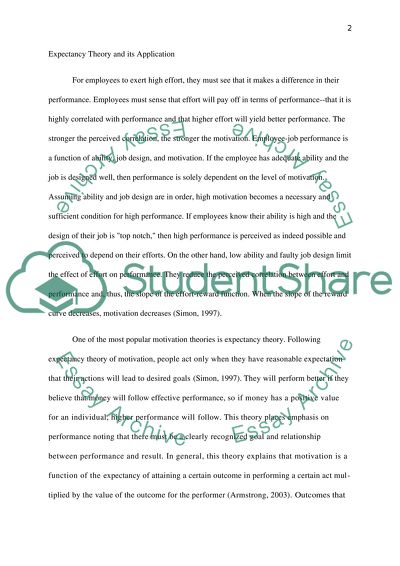Cite this document
(The Elements of Different Motivation Theories Term Paper - 1, n.d.)
The Elements of Different Motivation Theories Term Paper - 1. Retrieved from https://studentshare.org/human-resources/1547549-you-have-been-recently-appointed-as-human-resource-managment-hrm-director-of-a-company-which-has-recognized-that-it-has-a-problem-with-low-workforce-motivati
The Elements of Different Motivation Theories Term Paper - 1. Retrieved from https://studentshare.org/human-resources/1547549-you-have-been-recently-appointed-as-human-resource-managment-hrm-director-of-a-company-which-has-recognized-that-it-has-a-problem-with-low-workforce-motivati
(The Elements of Different Motivation Theories Term Paper - 1)
The Elements of Different Motivation Theories Term Paper - 1. https://studentshare.org/human-resources/1547549-you-have-been-recently-appointed-as-human-resource-managment-hrm-director-of-a-company-which-has-recognized-that-it-has-a-problem-with-low-workforce-motivati.
The Elements of Different Motivation Theories Term Paper - 1. https://studentshare.org/human-resources/1547549-you-have-been-recently-appointed-as-human-resource-managment-hrm-director-of-a-company-which-has-recognized-that-it-has-a-problem-with-low-workforce-motivati.
“The Elements of Different Motivation Theories Term Paper - 1”. https://studentshare.org/human-resources/1547549-you-have-been-recently-appointed-as-human-resource-managment-hrm-director-of-a-company-which-has-recognized-that-it-has-a-problem-with-low-workforce-motivati.


